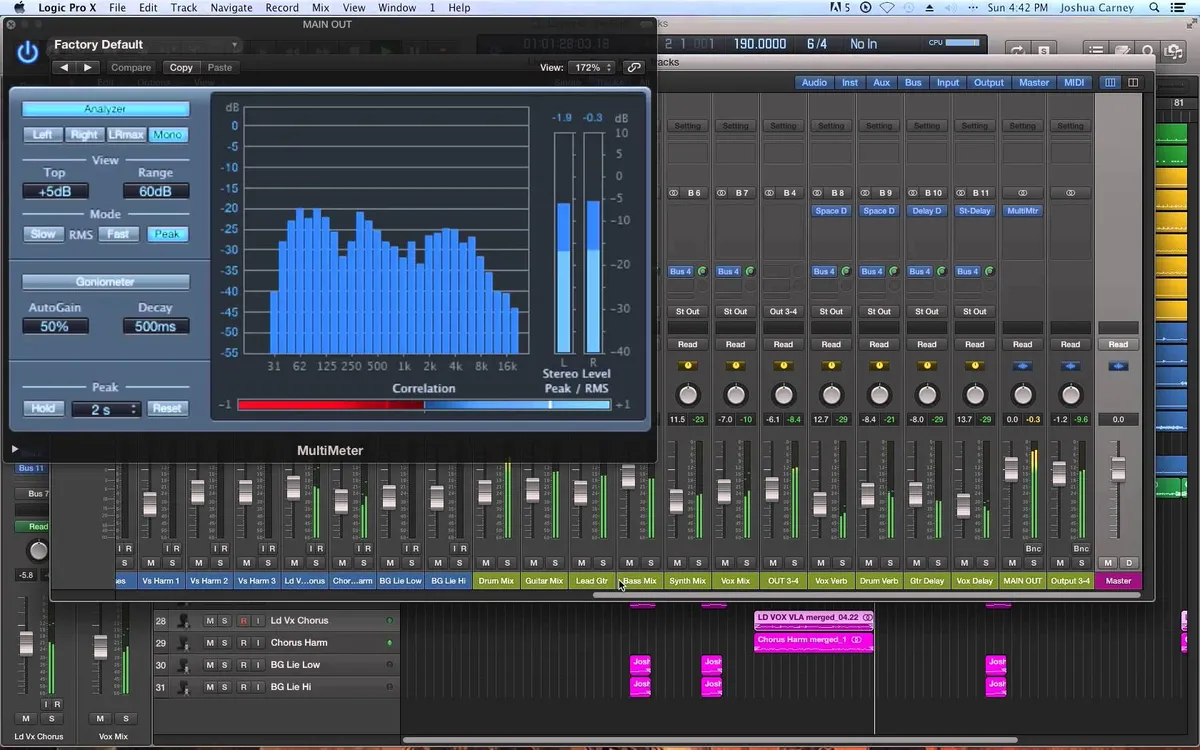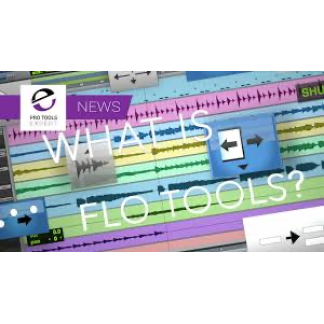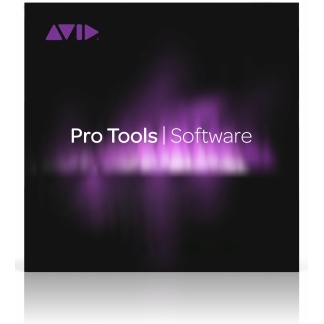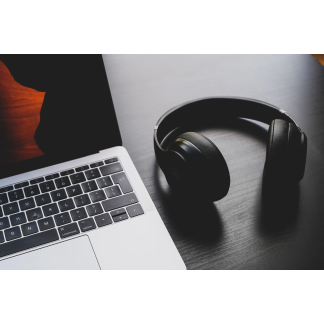Description
Session 1 – Setting up the Mix
- Overview of DAW signal flow (channel strip, sends/aux, etc.)
- Converting projects with lots of software instruments/Midi to audio
- Importing tracks, organizing tracks and routing tracks to busses or track stacks
Session 2 – Starting the Mix
- Discussion on the different elements of a mix
- Discussion of gain staging
- Creating the static mix
Session 3 – Continuing the Mix with EQ PT 1
- Instantiating and using the logic channel EQ across all the tracks, and using it to enhance them
- In depth discussion of filters, shelves, bell and other types of EQ bands
Session 4 – Continuing the Mix with EQ PT 2
- Discussion of different types of EQs, graphic, parametric, etc.
- Discussion and demonstrations of the different EQ’s available in Logic. The channel EQ vs. linear EQ vs. vintage EQ collection and when each may be suitable
Session 5 – Continuing the Mix with Compression PT 1
- Instantiating and using a compressor across all the tracks and using it to enhance them
Session 6 – Continuing the Mix with Compression PT 2
- A discussion and demonstration of the different flavors/colors/emulations of the Logic compressor
- Using the other facilities of the compressor. (The built-in saturation, limiter, and side chaining)
Session 7 – Saturation and Distortion
- The different options for saturation in addition to the compressor available in Logic and examples of what tracks each could be useful for
Session 8 – Spatial Effects (Delays PT 1)
- Discussion of insert and send effects, and how they differ from each other, and when and how to use them
- Instantiating delays, and using them throughout the mix
- In depth discussion of parameters like time, feedback, filters and mix among others
Session 9 – Spatial Effects (Delays PT 2)
- Discussion and demonstrations on the different delays, tape delay, stereo delay, etc. and when each type may be appropriate
- The parameters that make the tape delay a cool effect and how to use them
- How the sample delay differs from the other delays?
Session 10 – Spatial Effects (Reverb PT 1)
- Instantiating Reverbs, and using them throughout the mix
- Looking at the parameters to make best use of the Reverbs. (Time, decay, pre-delay, etc.)
Session 11 – Spatial Effects (Reverb PT 2)
- Discussion and Demonstration of the different types of reverbs, Chromoverb vs. Space Designer, etc. or should you go more old school with one of Logic’s other reverbs?
- Accessing the Legacy category if you want to go really old school with your reverbs
Session 12 – Modulation and Width
- Chorus, flangers, phasors and wideners! Covering all the effects that add width, depth, thickness and movement to your sounds
Session 13 – Other Effects
- Overview of de-esser, noise gate, etc.
- Pitch shifting, formant shifting, and robotic effects
Session 14 – Stereo Output/Master
- Multi band compressor and other multi band tools
- Limiter and basic mastering
Session 15 – Automation PT1
- In depth look at automating track parameters like volume, pan, send level, and fade out for end of song with, one or two automation point and also, with a control surface/Midi controller via Midi learn
Session 16 – Automation PT 2
- In depth look at automating effects parameter with one or two automation points or via a surface/Midi controller via Midi learn
Session 17 – Bouncing/Exporting and Archiving
- Bouncing the completed project
- Discussion of different file formats for exporting and sharing options built into Logic
- Exporting multi tracks and stems and options for long term archiving
Session 18 – Creating Templates and Saving Patches
- Saving patches of track routings/effect chains you enhanced/created
- Creating a template so you have good starting points going forward
Session 19 – Q&A and Third-Party Effects
- Answer questions about what we’ve covered, and discussion of 3rd party plug ins and comparisons
- Also, discuss the opportunities with these skills and resources to keep improving mixing skills





